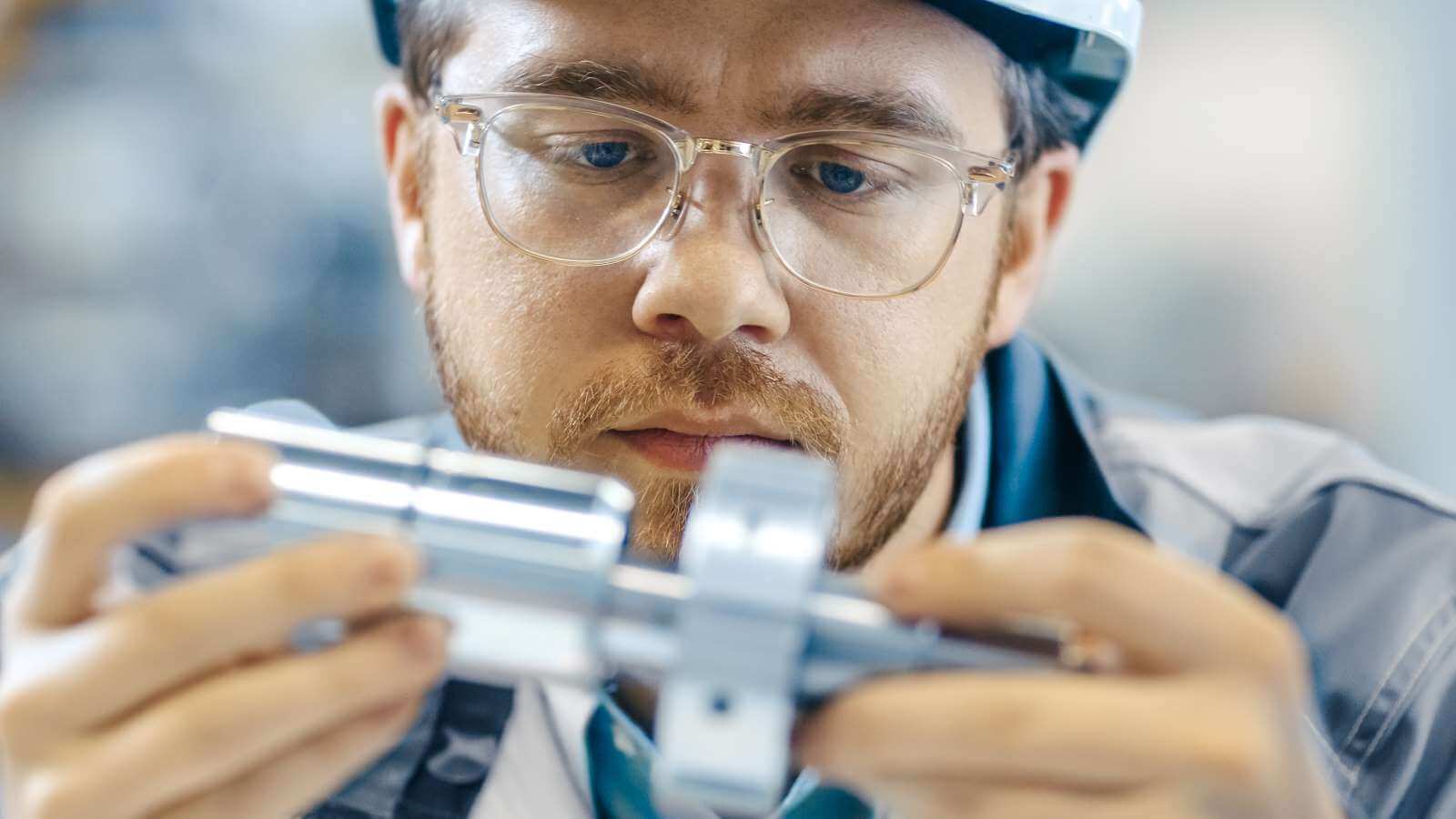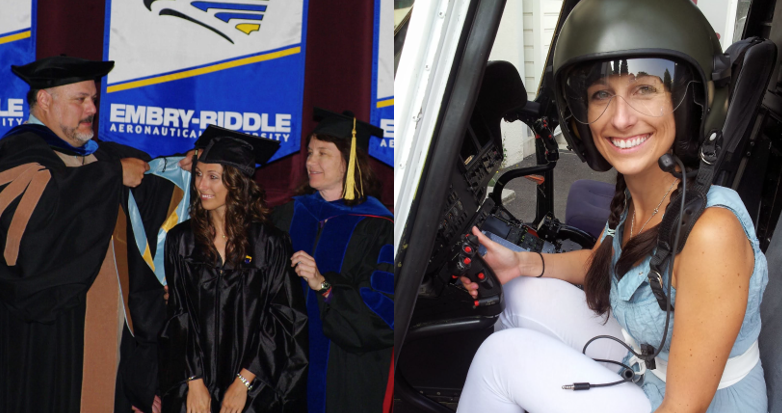Integrating MBSE into Aerospace Manufacturing
As the aerospace industry continues to expand and production demand skyrockets, aerospace manufacturers need to renew their engineering strategies. Many companies do this by implementing an MBSE model to digitize operations and reduce costs in the front end of projects.
If you're looking to reinvent your aerospace manufacturing processes, MBSE may be the solution for you.
What is MBSE?
Model-based systems engineering (MBSE) follows an architect-based engineering framework that applies to project development, design, requirements, validation, and verification of the entire lifecycle of a project. Using this model, engineers create a "digital twin" of the project, enabling them to manage data and, thus, design projects more effectively.
For complex aerospace systems, design is critical as it sets a foundation for the rest of the project. Any issues in the design stage will result in significant disruptions and problems later on, so the design must be conducted accurately–which is where MBSE comes in.
Using the digital twin created through MBSE, engineers can customize projects digitally, allowing them to find the most effective means of production and processing. This significantly improves the likelihood of project success while reducing the risk of errors and complications. As a result, companies save significant time and money.
Now, let's dive into how MBSE is specifically applied in the aerospace industry.
Optimize Aerospace Design
With the use of digital twins, MBSE transcends design and redesign into the virtual realm. Performing these processes virtually allows engineers to significantly shorten the testing and redesign cycle, reducing it from days and weeks to minutes or hours.
As the demand for aerospace manufacturing increases, companies worldwide are looking to scale their efforts and increase production. Unfortunately, a cumbersome and time-consuming design process significantly inhibits their ability to do so. MBSE can dramatically expedite this process, and with faster, more accurate designs, aerospace manufacturers may begin production faster while scaling their production efforts to meet demand.
By taking advantage of the additional turn time offered by this approach, companies can avoid dealing with substandard parts previously limited by a frozen design. Instead, engineers may make as many design tweaks as necessary in the time which would have been allocated for prototype and fit checks.
Additionally, as MBSE is conducted in the virtual realm, it significantly reduces the risk of errors–or allows engineers the opportunity to resolve them before they come up in the physical world. As a result, companies ultimately end up with more timely and accurate project results. This also significantly lowers the cost of design checks, allowing companies to remain on budget.
Testing and Flight Simulations
Another way MBSE and digital twins can be used is through maneuver testing. When conducting trials of final aerospace products, there are a lot of variables involved–which means a lot could go wrong. Testing these products is a high-risk process, and if things don't go well, an expensive one.
Fortunately, MBSE can remove many of the risks of these trials by conducting them through virtual simulations. Using MBSE, engineers can sequence weeks' worth of maneuvers across numerous variables and events. During these highly accurate tests, any miscalculations or errors can be identified and improved upon within the simulation.
MBSE allows for evaluating several types of vehicle systems to help engineers determine which will best meet project and mission requirements. Adjustments can be made in a time and cost-efficient way while also improving the likelihood of a successful test. This testing method significantly helps companies improve time-to-market and save costs by correcting errors before they occur.
Managed Engineering in Aerospace Manufacturing
While interest in MBSE is steadily rising in the aerospace industry, few companies have the means to implement this framework. Implementing such an advanced engineering model isn't feasible without the proper technology and knowledgeable workforce. This hurdle only grows when it comes to small players in the aerospace industry.
While a lucrative transition, digitization is an investment many small companies cannot afford. Unfortunately, it is necessary to stay competitive in an increasingly digital industry. Fortunately, there is a solution that allows companies of all sizes to adopt and practice MBSE cost-effectively.
Managed engineering services allow aerospace manufacturers to integrate new and niche engineering practices within their organization in an affordable way. As outsourced engineers offer financially-flexible engineering solutions, they enable small players in the aerospace industry to embrace a digital transformation and keep up with market trends.
By outsourcing, companies can partner with a team of experienced engineering experts, providing them with the skills and resources they may otherwise be unable to access. With this team, companies can scale their own internal workforce while benefiting from industry experts' knowledge and skills.
In terms of MBSE, such a complex framework must be handled by experienced professionals. If not, companies will be unable to utilize the model effectively, rendering its applications subpar.
But, with managed engineering, companies will be equipped with experts trained in implementing and practicing MBSE operations. These experts will provide guidance and support throughout the entire concept stage. With the capacity to create models, designs, and documentation using MBSE, these engineers will help companies eliminate disruptions and gain valuable insights into their manufacturing processes.
As such, they can start each project with a strong foundation, getting their projects off on the right foot. Even beyond design, MBSE can lead companies to seamless project execution–from start to finish.
Intertec Engineering provides aerospace manufacturing companies with an extensive team of experts, those of whom are explicitly experienced in MBSE. With expertise in:
- Doors, Doors NG
- CAMEO. MagicDraw
- SysML
- ARP4754a
- MOSA, FACE
- Agile
Through this expertise, our engineers will ensure that all your projects are designed and delivered on time and on budget. By utilizing our managed engineering services, companies can expedite the adoption of MBSE as well as oversee and manage its application within their business. As a result, aerospace manufacturers obtain all the benefits of the MBSE framework at a fraction of the cost, time, and resources, if done internally.
If you're interested in learning more about Intertec Engineering's solutions in application to Aerospace, download our free infographic.







